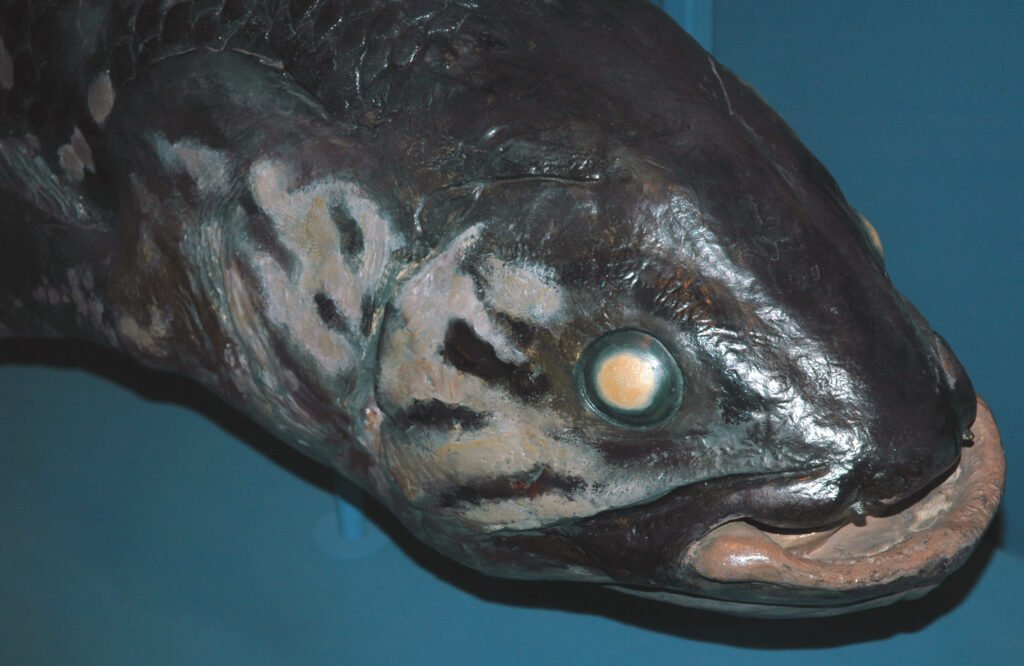Imagine walking through a remote forest and stumbling upon a creature that looks like it stepped out of a prehistoric nightmare. Your heart races as you realize this isn’t some movie prop or museum display – it’s a living, breathing animal that has somehow survived millions of years while everything around it evolved or went extinct. These remarkable survivors, often called “living fossils,” challenge everything we think we know about evolution and time itself.
The Coelacanth: A Fish That Defied Extinction
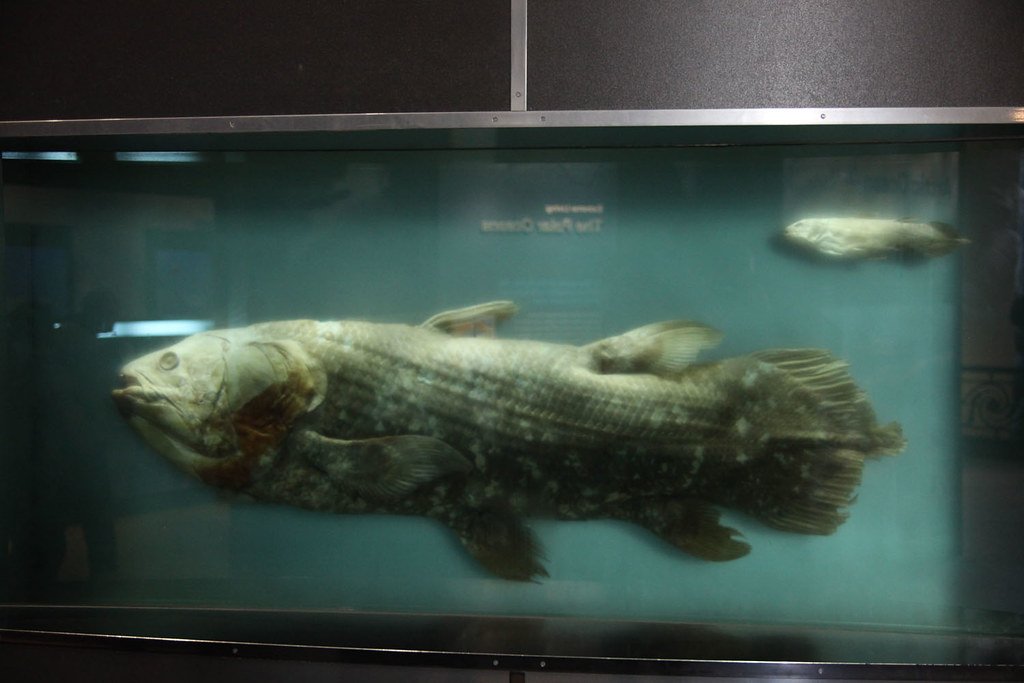
Picture the shock on marine biologist Marjorie Courtenay-Latimer’s face in 1938 when she discovered a fish that was supposed to have been extinct for 66 million years. The coelacanth, with its lobed fins and ancient armor-like scales, was literally a ghost from the deep. These incredible fish can live up to 100 years and give birth to live young after a gestation period of five years – the longest of any vertebrate. Found in the deep waters off South Africa and Indonesia, coelacanths move like underwater helicopters, using their unique fins to hover and maneuver in ways that modern fish simply cannot. Their discovery rewrote evolutionary textbooks and proved that some creatures can remain virtually unchanged for hundreds of millions of years.
Horseshoe Crabs: The Blue-Blooded Survivors
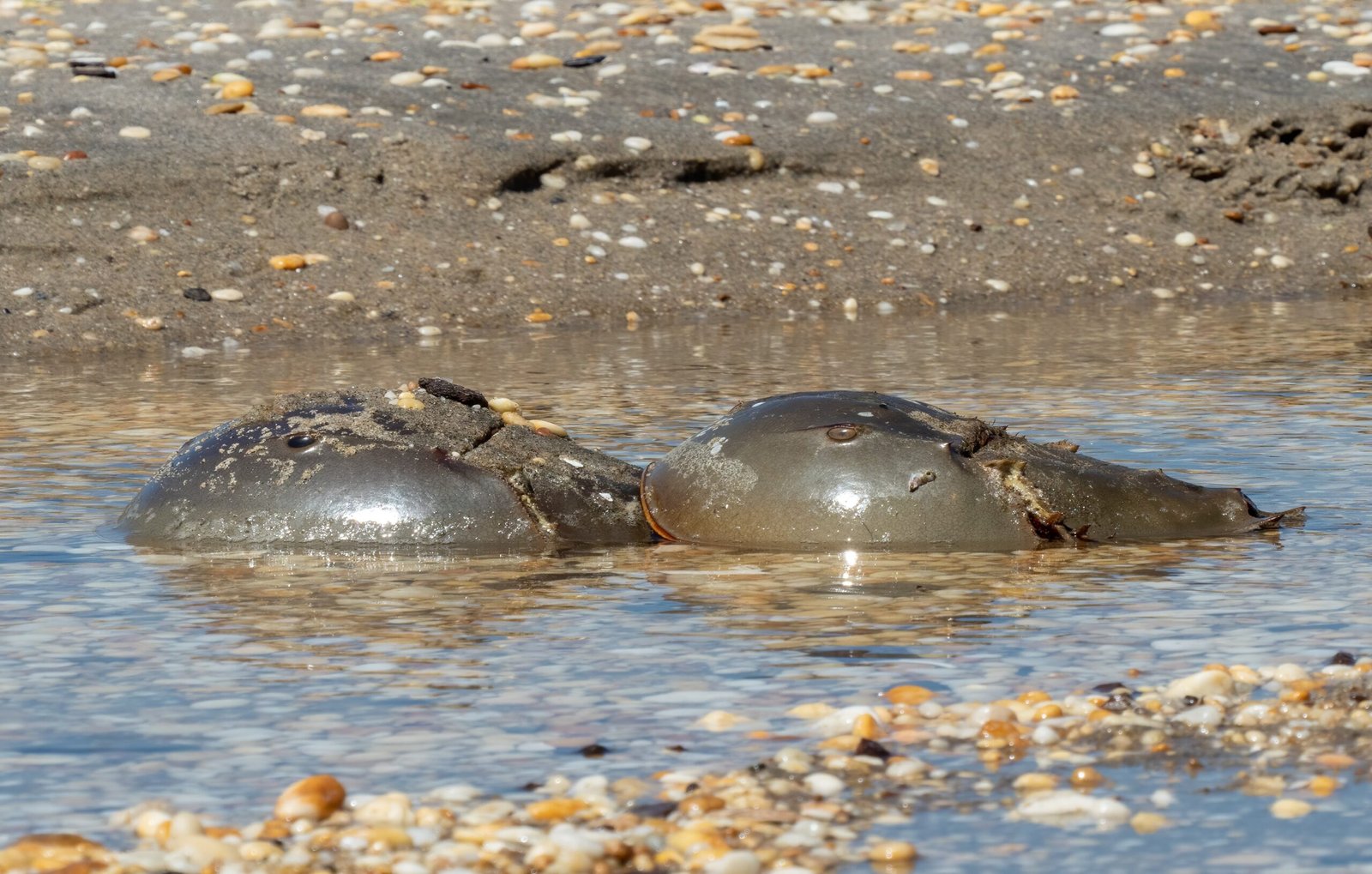
Long before dinosaurs roamed the Earth, horseshoe crabs were already crawling along ancient shorelines, and remarkably, they’re still here today. These alien-looking creatures aren’t actually crabs at all – they’re more closely related to spiders and scorpions. What makes them truly extraordinary is their blue blood, which contains a substance called Limulus Amebocyte Lysate (LAL) that clots when it encounters bacterial toxins. This unique property has made horseshoe crab blood invaluable to modern medicine, as it’s used to test the safety of vaccines and medical devices. Despite surviving multiple mass extinctions, these 450-million-year-old creatures now face their greatest threat from human activities and climate change.
Tardigrades: The Indestructible Water Bears
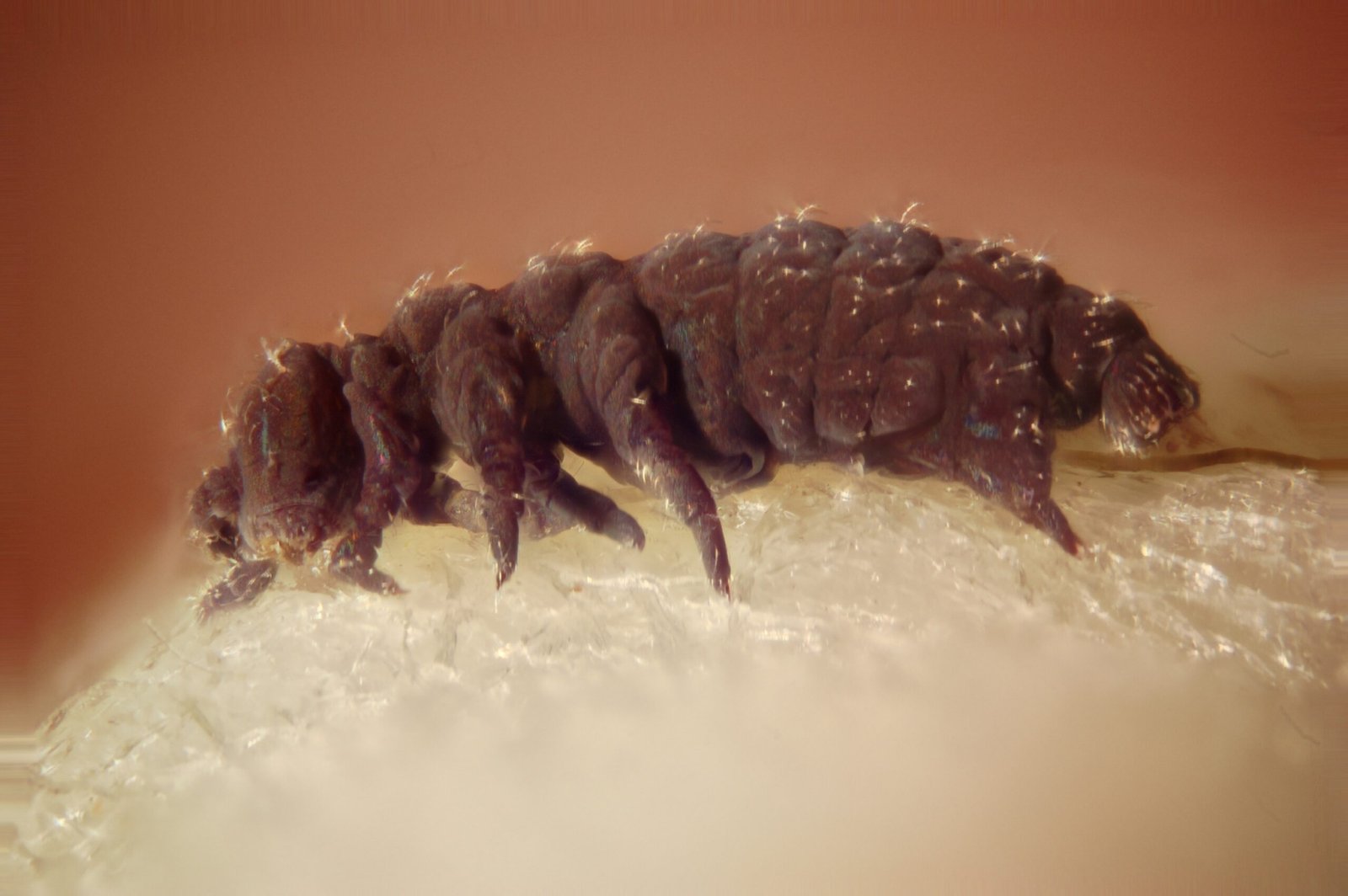
Meet the ultimate survivors of the animal kingdom – microscopic creatures that can literally survive in the vacuum of space. Tardigrades, affectionately called water bears because of their bear-like appearance under a microscope, can withstand temperatures from near absolute zero to 300 degrees Fahrenheit. When conditions become hostile, they enter a state called cryptobiosis, essentially becoming a dried-out husk that can survive for decades. Scientists have subjected these tiny creatures to radiation levels that would kill most life forms, extreme pressure, and even launched them into space – and they just keep on living. Their ability to repair their own DNA and survive in impossible conditions makes them living proof that life finds a way, no matter how harsh the environment.
The Tuatara: New Zealand’s Living Dragon
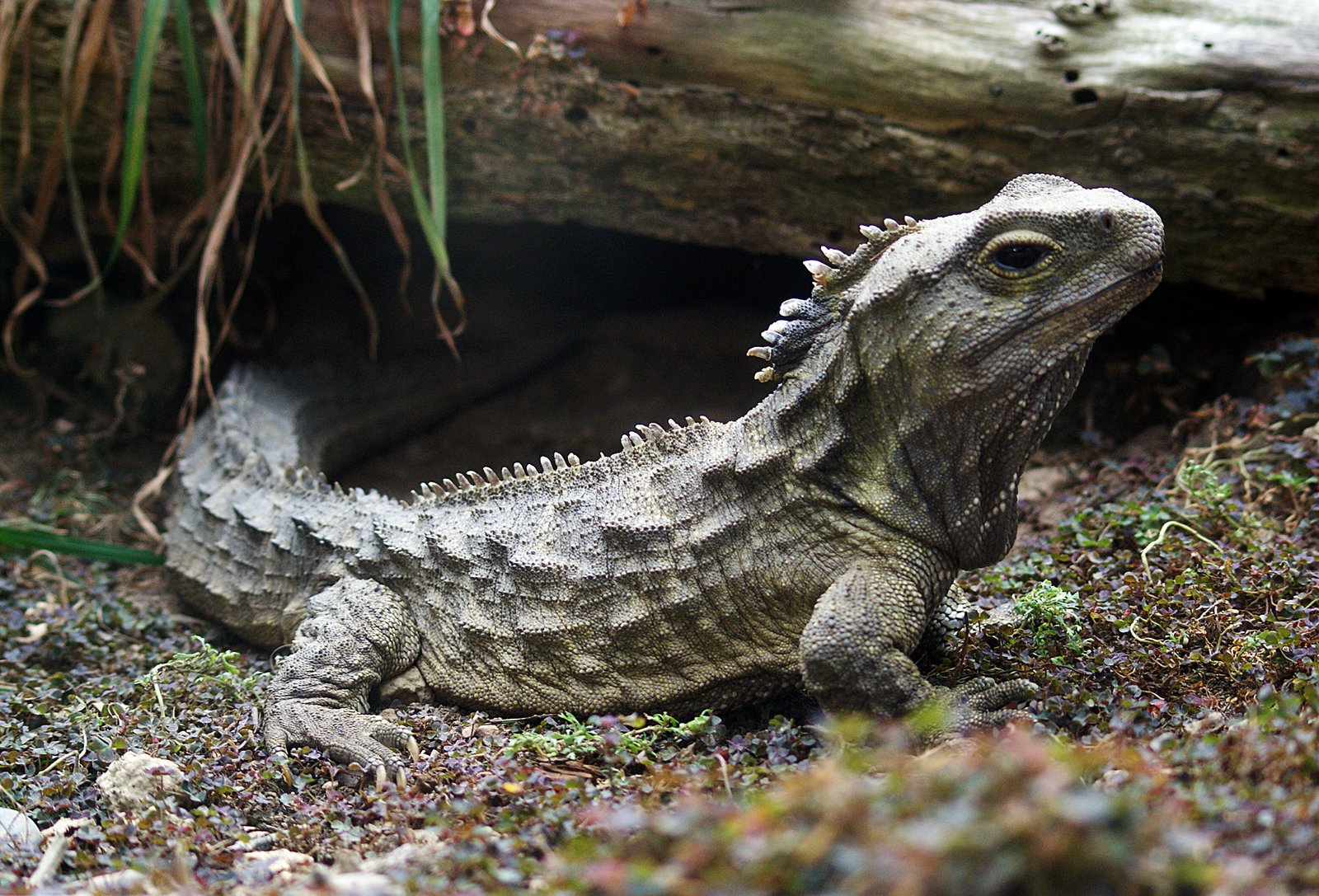
On the remote islands of New Zealand lives a creature that looks like a lizard but is actually something far more ancient and mysterious. The tuatara is the sole survivor of an entire order of reptiles that thrived alongside the dinosaurs 200 million years ago. These remarkable creatures have a third eye on top of their heads, complete with a lens and retina, though it’s covered by skin in adults. Tuataras grow incredibly slowly and can live for over 100 years, with some individuals not reaching sexual maturity until they’re 20 years old. Their metabolism is so slow that they can go an entire year without eating, and they continue growing throughout their entire lives, making them true living relics of the Mesozoic Era.
Nautilus: The Submarine That Never Evolved
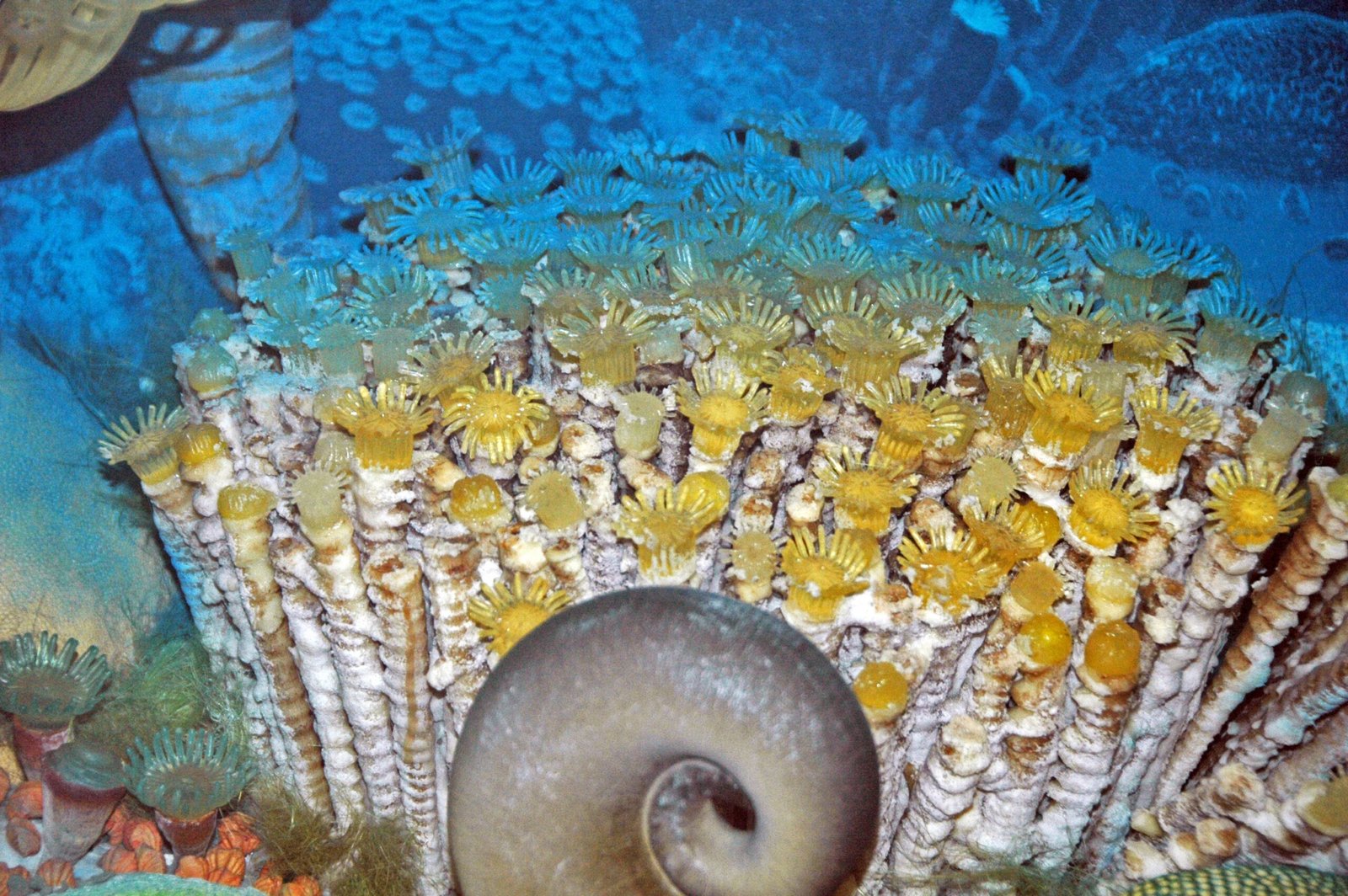
Gliding through the deep ocean waters like a living submarine, the nautilus has remained virtually unchanged for 500 million years. These cephalopods are the only surviving members of a group that once dominated ancient seas, and their shell-covered bodies tell a story of incredible evolutionary success through stability rather than change. Unlike their relatives the octopus and squid, nautiluses have external shells divided into chambers that they use for buoyancy control – a natural submarine system that would make engineers jealous. They have simple eyes without lenses, primitive brains, and up to 90 tentacles, yet they’ve outlived countless other species by perfecting their simple but effective lifestyle. Their ability to migrate vertically in the ocean, rising to shallow waters at night and descending to depths of 2,000 feet during the day, has kept them safe from most predators and environmental changes.
Ginkgo Trees: The Ancient Survivors of Plant Kingdom
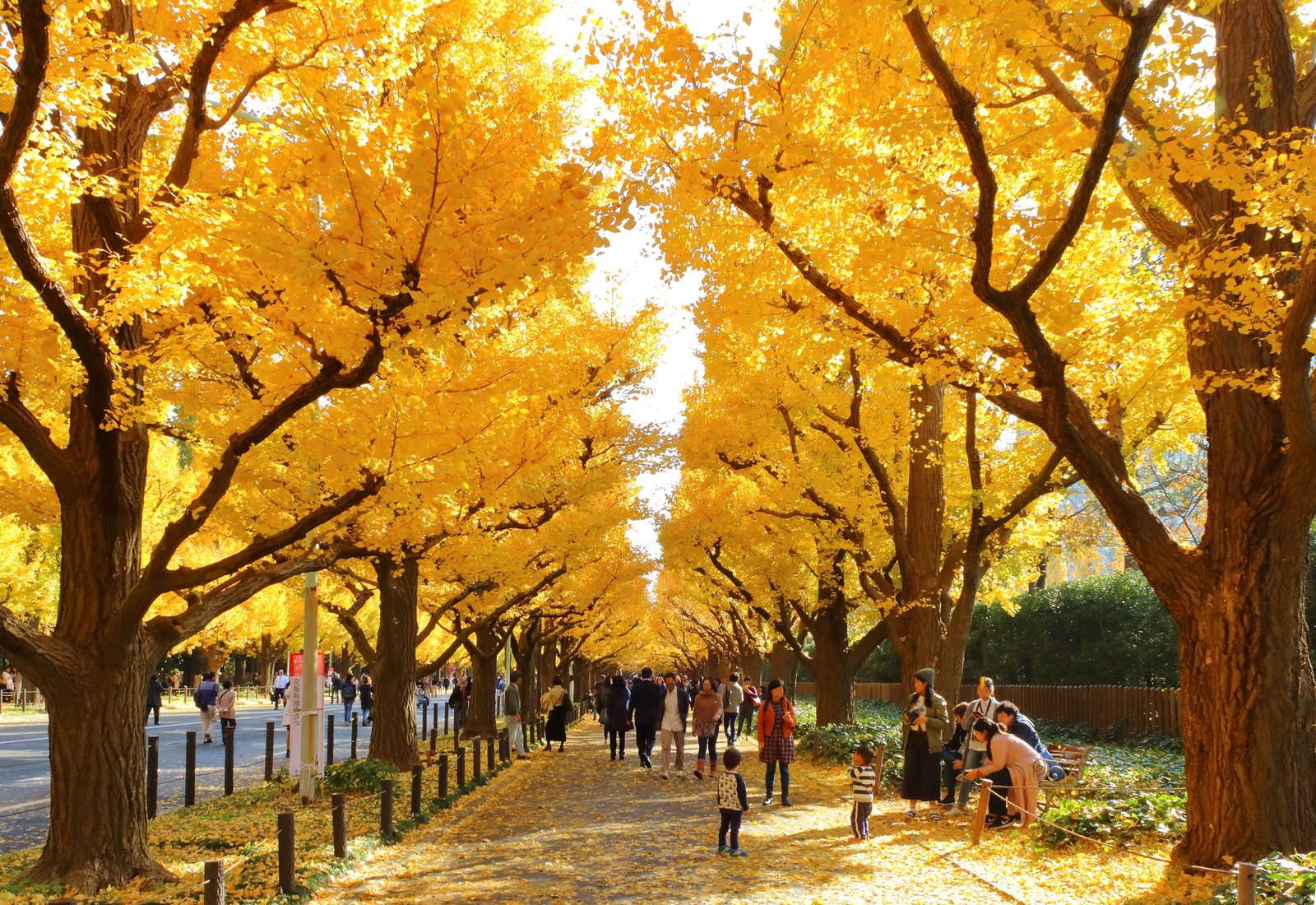
Walking through a park lined with ginkgo trees, you’re actually strolling among living fossils that have watched the rise and fall of the dinosaurs. These remarkable trees, often called living fossils, are the sole survivors of an ancient group of plants that flourished 270 million years ago. Ginkgos are incredibly resilient – they can live for over 1,000 years, survive in polluted urban environments, and are virtually pest-free. What makes them truly extraordinary is their unique reproductive system and fan-shaped leaves that turn brilliant gold in autumn. Six ginkgo trees survived the atomic bombing of Hiroshima and are still growing today, earning them the nickname “bearer of hope” and demonstrating their incredible ability to survive even the most catastrophic events.
Brachiopods: The Forgotten Ocean Dwellers
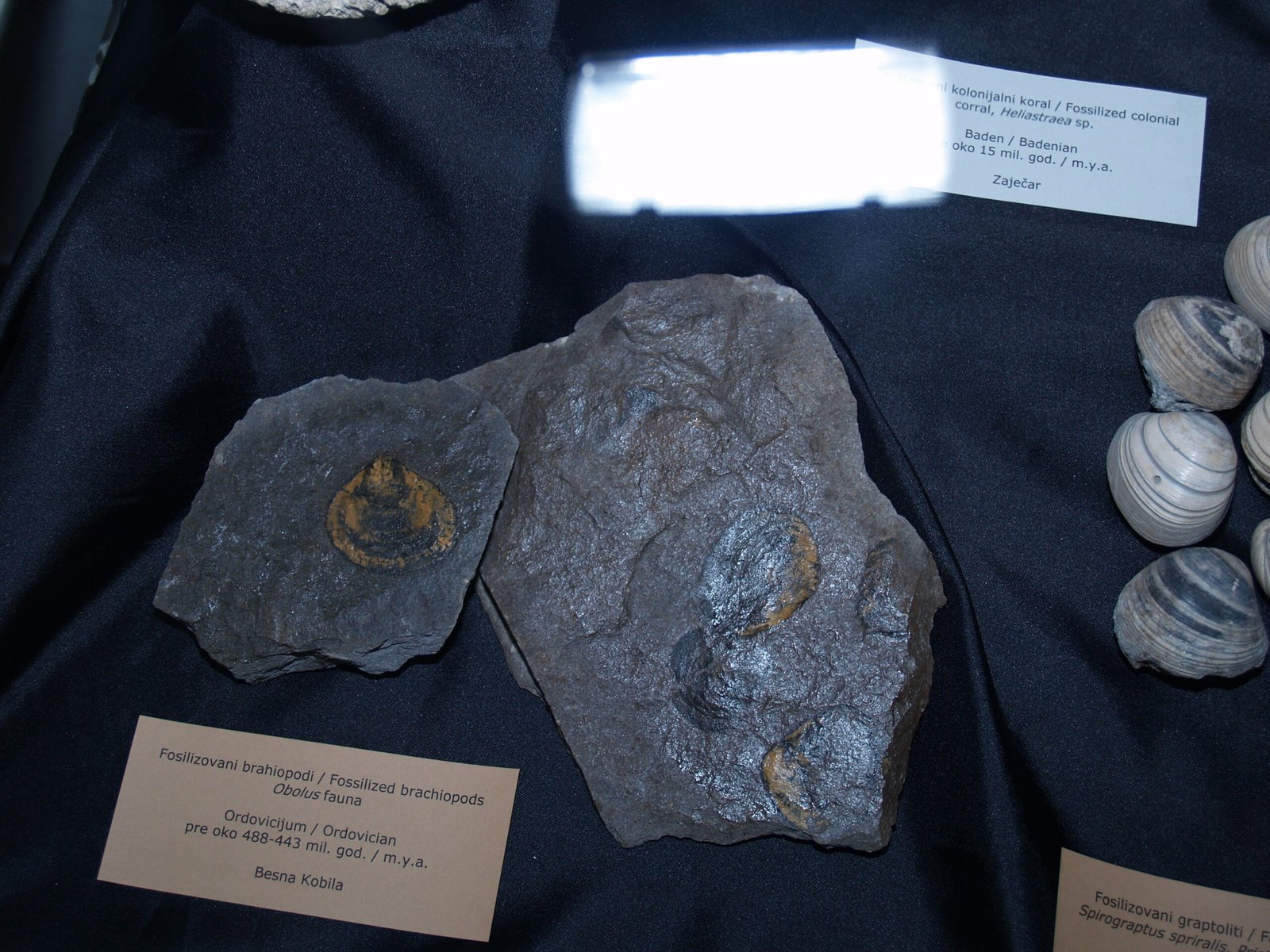
Hidden on the ocean floor, often overlooked by divers and marine biologists, are creatures that once ruled the ancient seas. Brachiopods look like clams but are actually completely different animals with a fascinating history spanning 550 million years. During the Paleozoic Era, these filter-feeding creatures were the dominant marine animals, with thousands of species covering the seafloor. Today, only about 400 species remain, clinging to life in deep waters and cold seas where they continue their ancient lifestyle. Their shells tell stories of mass extinctions and environmental changes, making them living libraries of Earth’s history. Unlike clams, brachiopods have two different-sized shells and a unique feeding mechanism that filters microscopic food from the water.
Cycads: The Dinosaur Plants
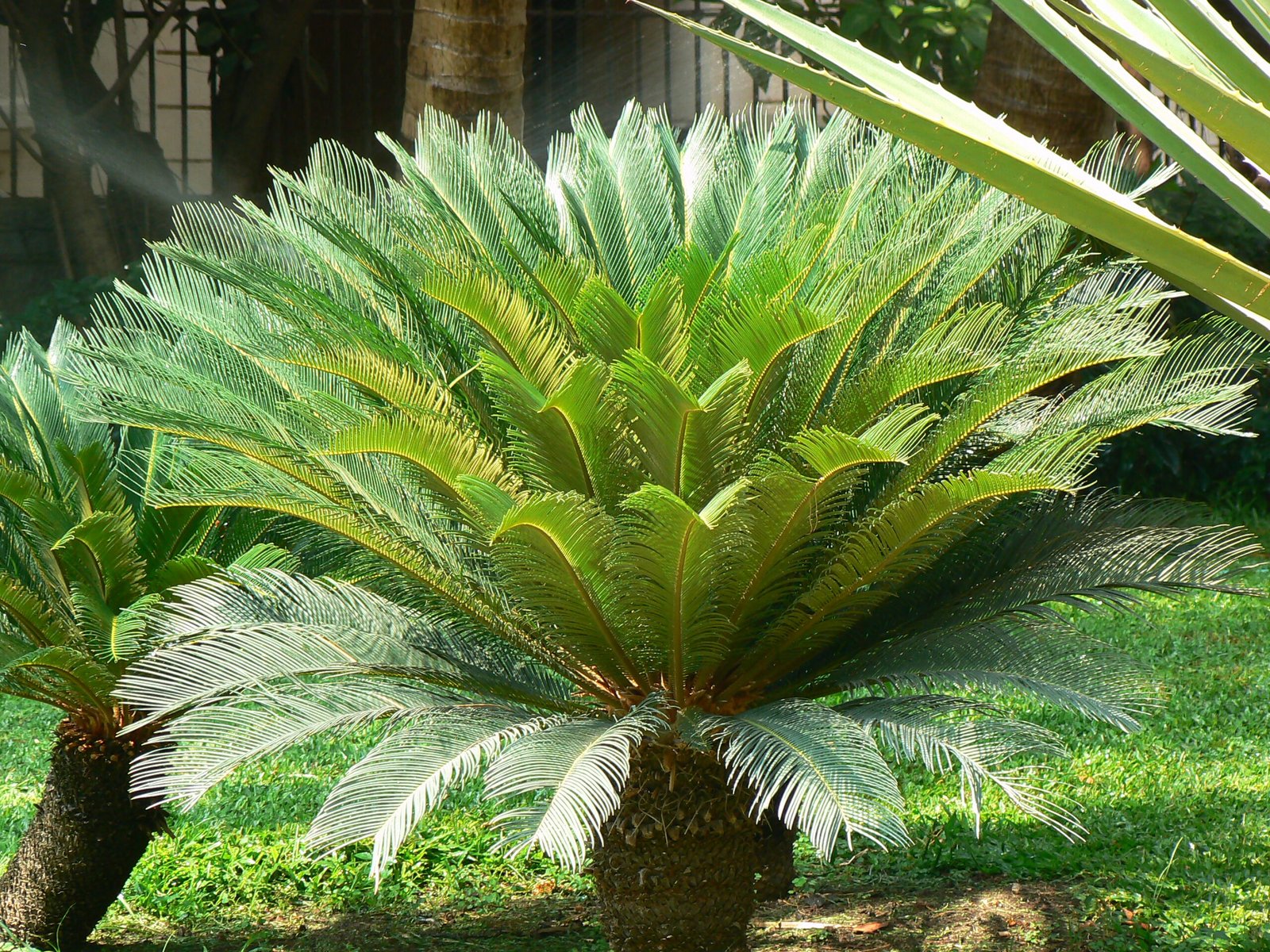
Imagine plants that dinosaurs munched on still growing in your backyard – that’s the reality with cycads. These palm-like plants are actually more closely related to pine trees than palms, and they’ve been around for 280 million years. Cycads have separate male and female plants, and some species produce the largest seeds in the plant kingdom, weighing up to 60 pounds. Their growth is incredibly slow, with some species taking decades to produce their first cone, and they can live for over 1,000 years. What’s particularly fascinating is their symbiotic relationship with ancient bacteria that live in their roots, helping them process nitrogen – a partnership that’s been going on for millions of years.
Sharks: The Ocean’s Timeless Predators
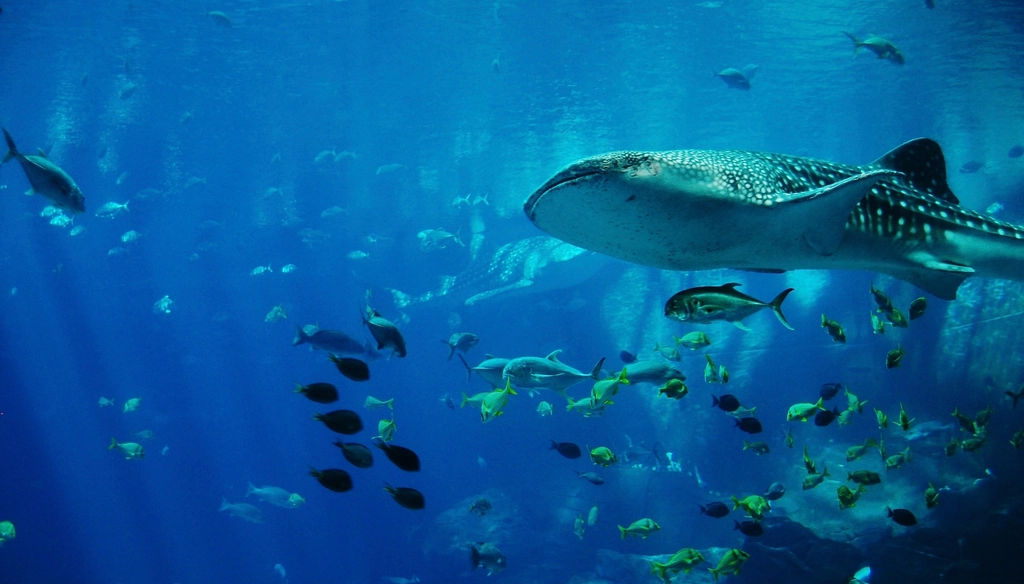
Sharks have been patrolling the world’s oceans for over 400 million years, making them older than trees and having survived five major mass extinctions. These apex predators have perfected their design so well that they’ve barely needed to change – their cartilaginous skeletons, multiple rows of teeth, and incredible sensory systems make them the ultimate oceanic hunters. Some species, like the Greenland shark, can live for over 400 years and don’t even reach sexual maturity until they’re 150 years old. Their ability to detect electrical fields from the heartbeats of prey and navigate using the Earth’s magnetic field showcases evolutionary perfection. Despite their fearsome reputation, sharks are crucial to maintaining ocean ecosystem balance and have survived longer than almost any other vertebrate group on Earth.
Crocodilians: The Ultimate Survivors
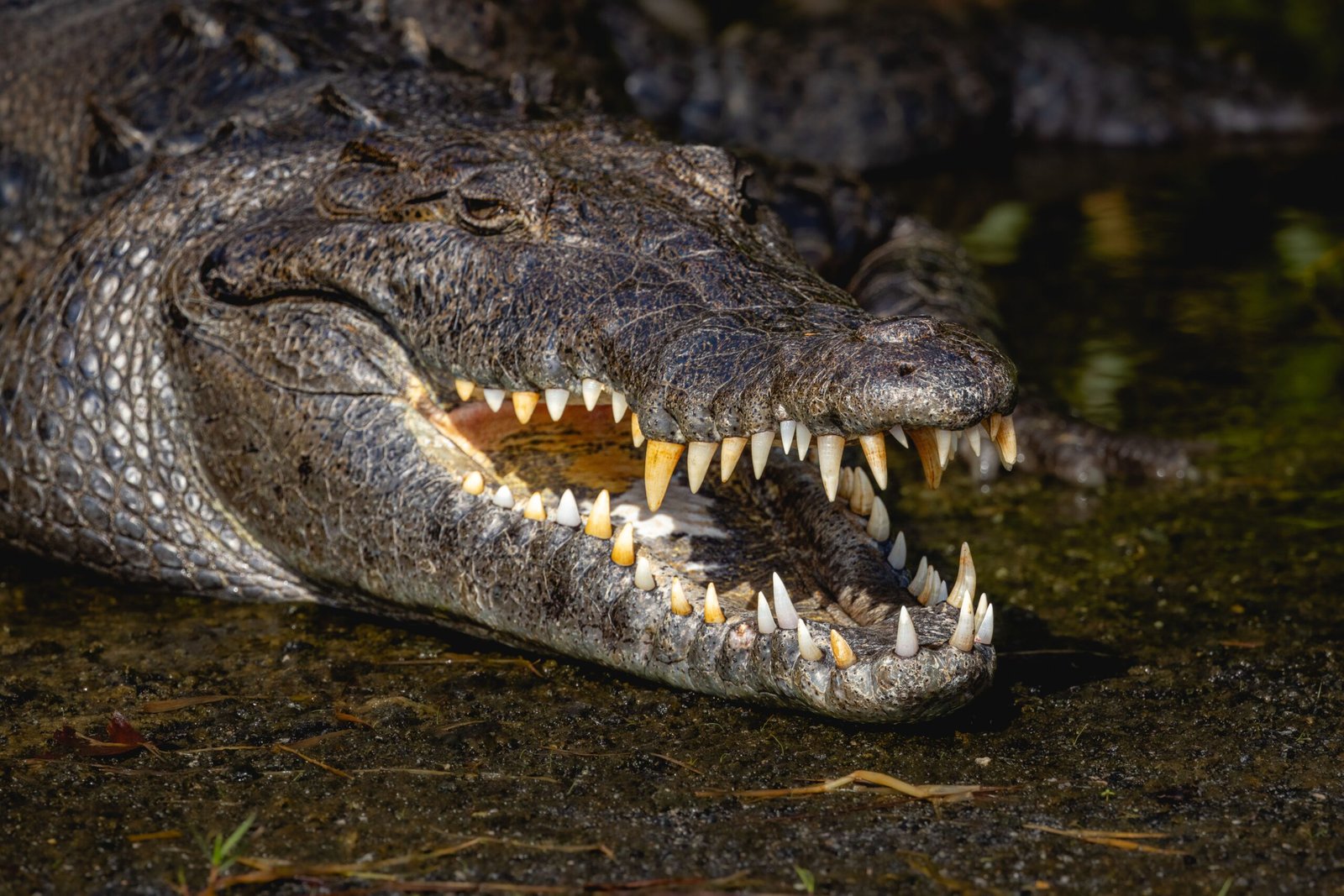
Crocodiles and alligators are living dinosaurs that have mastered the art of evolutionary stability. These apex predators have remained virtually unchanged for 200 million years, surviving the meteor impact that killed the dinosaurs and every other major extinction event. Their semi-aquatic lifestyle, incredible patience, and ability to go months without eating have made them incredibly adaptable to changing environments. Crocodilians have the most powerful bite force of any animal on Earth, can hold their breath underwater for up to an hour, and have a heart that can redirect blood flow to prioritize their brain and vital organs. Their parental care is surprisingly sophisticated, with mothers carefully carrying their babies to water and protecting them for months after hatching.
Lamprey: The Jawless Vampire Fish
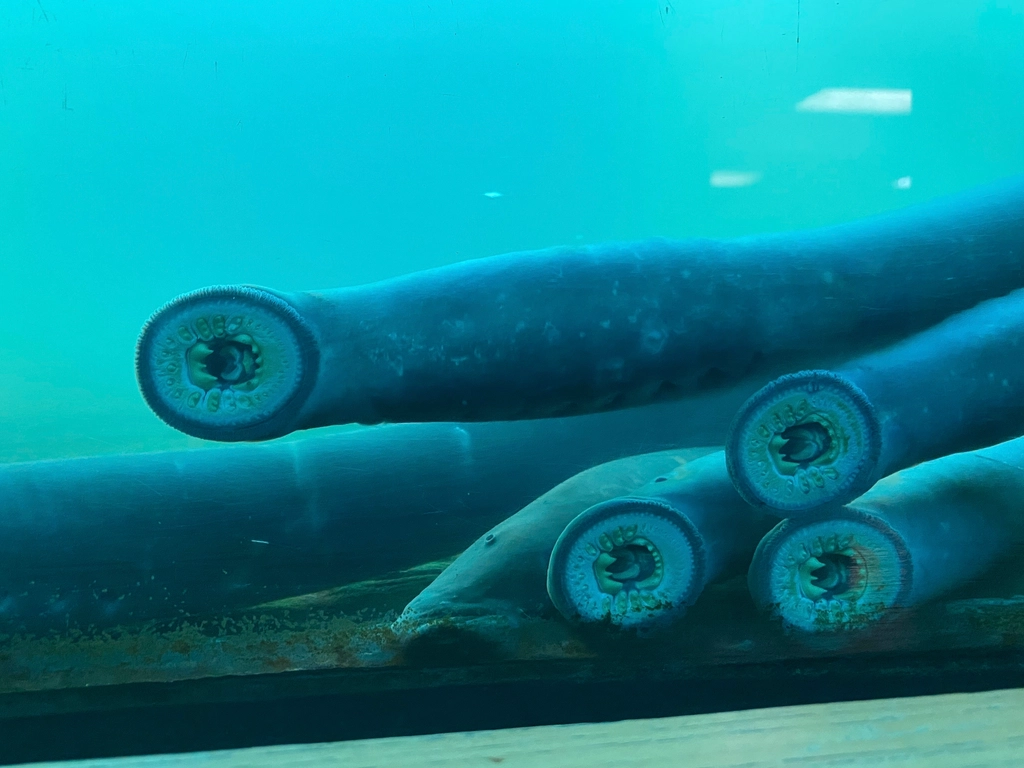
Swimming in rivers and oceans around the world are creatures that look like they belong in a horror movie – lampreys are jawless fish that have remained virtually unchanged for 360 million years. These eel-like creatures have circular, sucker mouths filled with rows of tiny teeth that they use to attach to other fish and feed on their blood and bodily fluids. Some species spend years as larvae buried in river sediment before transforming into their adult form and beginning their parasitic lifestyle. Despite their vampire-like behavior, lampreys play important ecological roles and some species are actually non-parasitic, living their entire adult lives without feeding. Their primitive nervous system and lack of paired fins make them living windows into the early evolution of vertebrates.
Lingula: The Unchanged Brachiopod

Buried in sandy ocean floors around the world is perhaps the most evolutionarily conservative animal on Earth – Lingula, a brachiopod that has remained virtually identical for 500 million years. These small, tongue-shaped creatures live in vertical burrows and feed by filtering microscopic organisms from the water using a specialized feeding structure called a lophophore. What makes Lingula truly remarkable is its ability to survive in environments with very low oxygen levels, a skill that has served it well through multiple mass extinction events. Their shells are made of calcium phosphate rather than calcium carbonate, making them more resistant to acidic conditions. Lingula’s incredible stability over half a billion years makes it one of the most successful animal designs in Earth’s history.
Velvet Worms: The Soft-Bodied Time Travelers
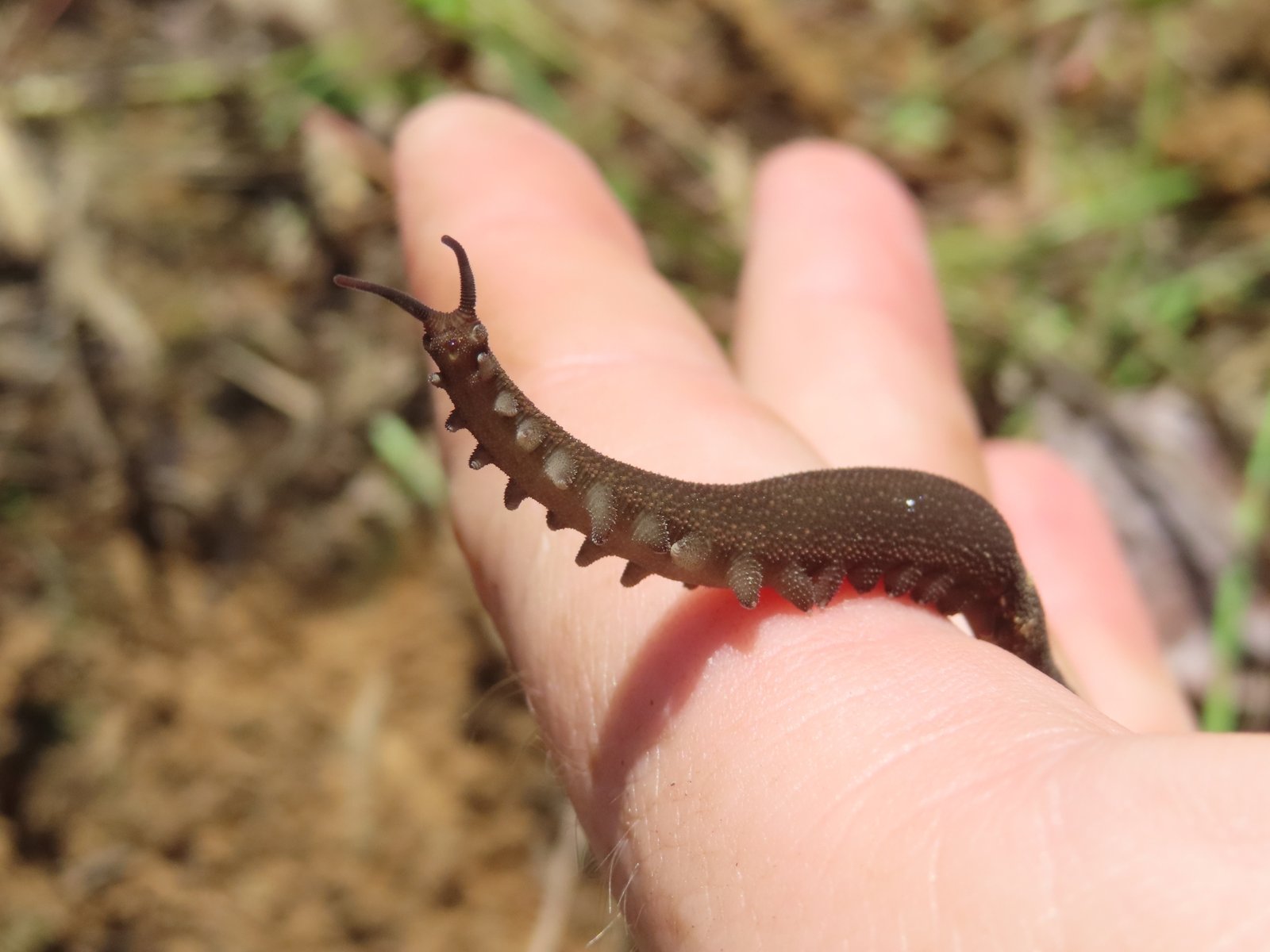
Hidden under logs and rocks in tropical forests are creatures that bridge the gap between worms and arthropods – velvet worms have been crawling around for 500 million years. These caterpillar-like animals have a unique hunting strategy: they spray sticky slime from nozzles on their heads to capture prey, then inject them with saliva that dissolves their insides. Velvet worms give birth to live young and have incredibly long lifespans for their size, with some species living up to six years. Their simple eyes can detect light and dark but can’t form images, and they breathe through holes scattered across their bodies rather than through lungs or gills. These remarkable creatures represent an evolutionary experiment that worked so well it never needed to change.
Goblin Sharks: The Living Fossils of the Deep
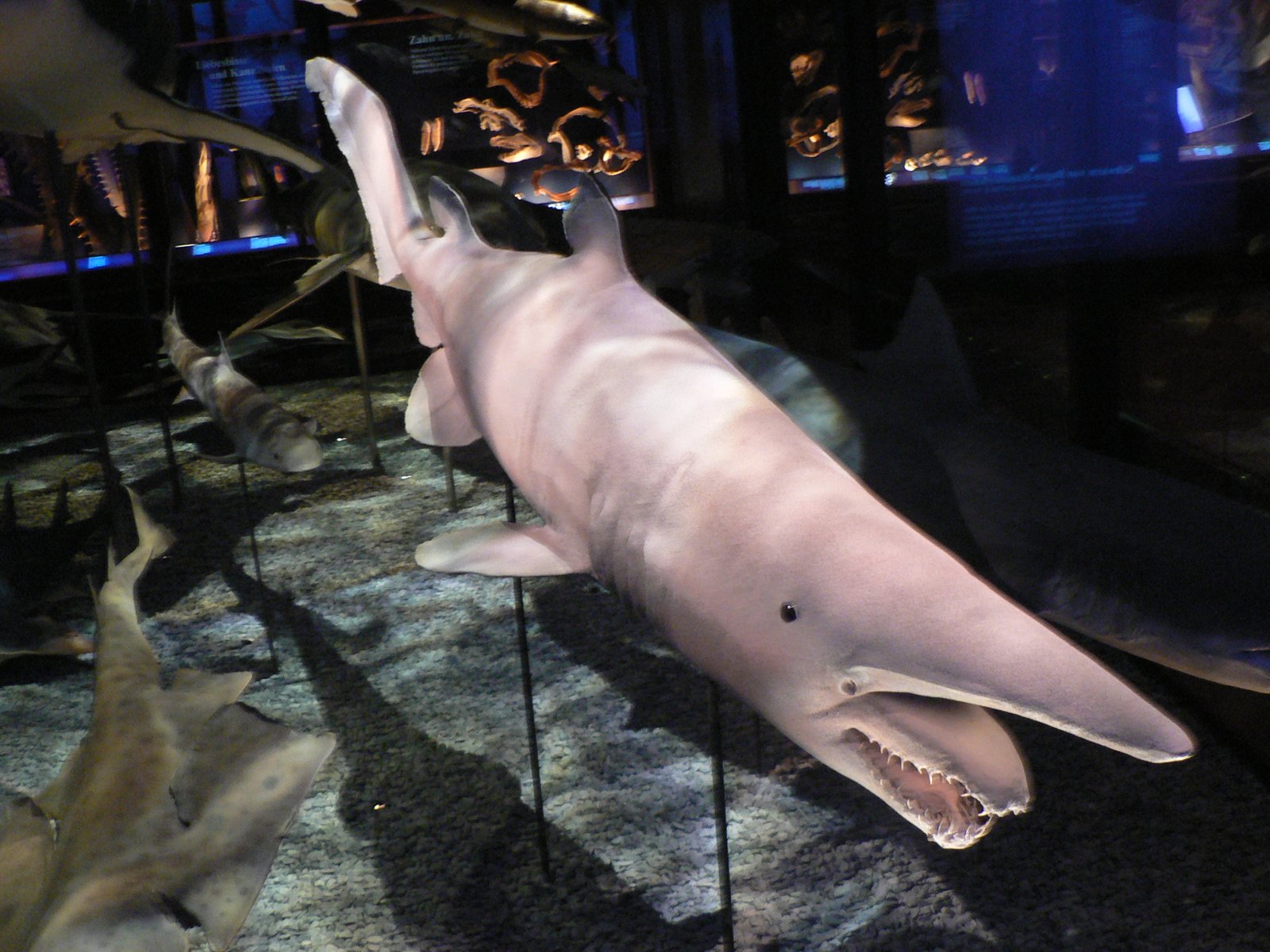
In the deepest parts of the ocean lurks a shark so bizarre and primitive that it’s been called a living fossil – the goblin shark. These pink, flabby creatures have extendable jaws that shoot out like an alien’s mouth to catch prey, and they’ve remained virtually unchanged for 125 million years. Goblin sharks are rarely seen by humans because they live at depths of up to 4,000 feet, where the pressure would crush most surface dwellers. Their long, flat snouts are packed with electrical sensors that help them detect prey in the pitch-black depths. When they do hunt, their jaw mechanism can extend up to 10% of their body length in just 0.3 seconds, making them incredibly efficient predators in their deep-sea environment.
Dawn Redwoods: The Trees That Came Back from the Dead

In 1944, a Chinese botanist made one of the most shocking discoveries in plant biology – living trees that were supposed to have been extinct for millions of years. Dawn redwoods were known only from fossils until a small grove was found in a remote valley in China, instantly becoming one of the most famous “living fossil” discoveries of the 20th century. These deciduous conifers can grow to enormous heights and live for thousands of years, and they’re the only redwood species that drops its needles in winter. Their ability to survive in diverse climates has made them popular in parks and gardens worldwide, but wild populations remain critically endangered. The discovery of dawn redwoods proved that some species can hide in remote refuges for millions of years, quietly surviving while the world changes around them.
Stromatolites: Earth’s Oldest Living Structures

Along the shores of remote bays and lakes, strange rock-like structures continue a biological process that began 3.5 billion years ago. Stromatolites are layered structures created by cyanobacteria, the same microorganisms that first pumped oxygen into Earth’s atmosphere and made complex life possible. These living rocks grow incredibly slowly, adding just millimeters per year, and some structures are thousands of years old. In places like Shark Bay, Australia, you can walk among stromatolites that are still actively growing, touching structures that represent an unbroken chain of life stretching back to when Earth was a very different planet. Their ability to survive in extreme conditions – high salinity, intense UV radiation, and temperature fluctuations – makes them living laboratories for understanding how life might exist on other planets.
The Persistence of Ancient Life
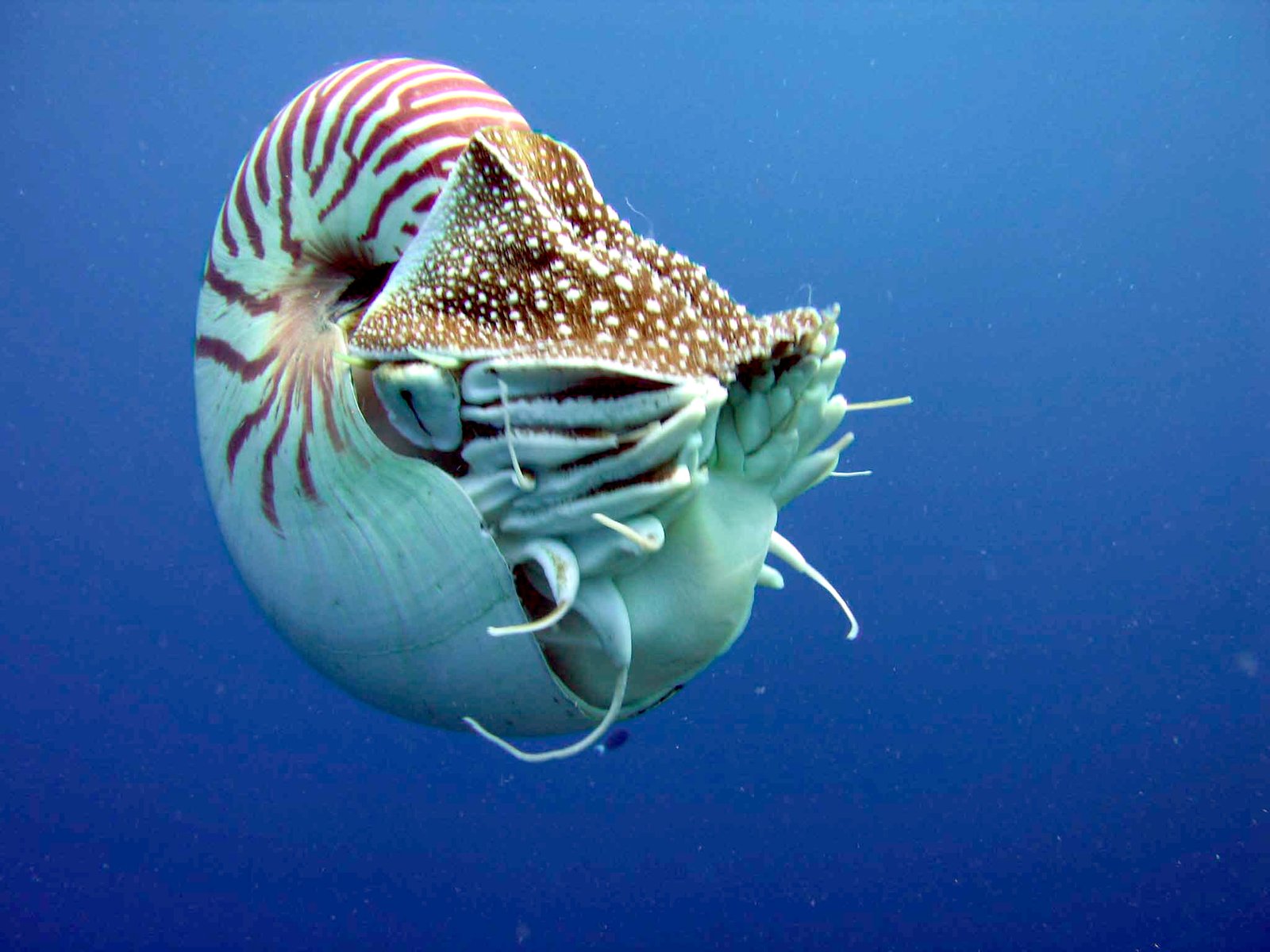
These remarkable creatures and plants represent more than just biological curiosities – they’re living proof that sometimes the best evolutionary strategy is to perfect a design and stick with it. While other species evolved, adapted, and often went extinct, these living fossils found their niche and refused to budge. Their survival through multiple mass extinctions, climate changes, and the rise and fall of entire ecosystems demonstrates that stability can be just as successful as change. Each of these ancient survivors carries within its DNA the secrets of deep time, offering us glimpses into worlds that existed millions of years before humans walked the Earth. What secrets might they still hold, and what can they teach us about survival in an ever-changing world?

